- 全部删除
 您的购物车当前为空
您的购物车当前为空
RS 504393
产品编号 T5384Cas号 300816-15-3
RS 504393 是一种高度选择性的 CCR2 趋化因子受体拮抗剂,作用于人重组 CCR2 和 CCR1 受体,IC50值分别为 89 nM 和大于 100 μM。
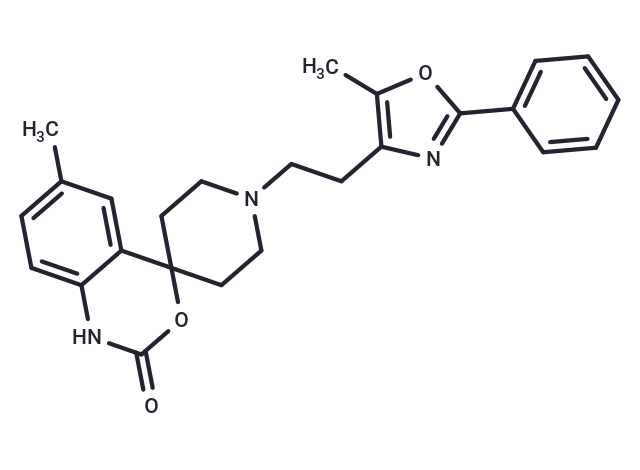

为众多的药物研发团队赋能,
让新药发现更简单!
RS 504393
一键复制产品信息产品编号 T5384Cas号 300816-15-3
RS 504393 是一种高度选择性的 CCR2 趋化因子受体拮抗剂,作用于人重组 CCR2 和 CCR1 受体,IC50值分别为 89 nM 和大于 100 μM。
| 规格 | 价格 | 库存 | 数量 |
|---|---|---|---|
| 1 mg | ¥ 265 | In stock | |
| 5 mg | ¥ 672 | In stock | |
| 10 mg | ¥ 1,220 | In stock | |
| 25 mg | ¥ 2,670 | In stock | |
| 50 mg | ¥ 3,920 | In stock | |
| 100 mg | ¥ 5,380 | In stock | |
| 1 mL x 10 mM (in DMSO) | ¥ 739 | In stock |
大包装 & 定制
加入购物车
TargetMol 的所有产品仅用作科学研究或药证申报,不能被用于人体,我们不向个人提供产品和服务。请您遵守承诺用途,不得违反法律法规规定用于任何其他用途。
RS 504393 相关产品
View More
CCL20 Protein, Human, Recombinant (His)MIP-1 alpha/CCL3 Protein, Mouse, Recombinant (His)CCL4 Protein, Human, Recombinant (His)CCL20 Protein, Mouse, RecombinantEotaxin-2 Protein, Human, Recombinant (His)MIP-1 alpha/CCL3 Protein, Rat, RecombinantCCL16 Protein, Human, RecombinantCCL2 Protein, Mouse, RecombinantMIP-1 alpha/CCL3 Protein, Human, RecombinantCCL5 Protein, Mouse, Recombinant (hFc)MCP-1/CCL2 Protein, Human, Recombinant (His)MIP-1 alpha/CCL3 Protein, Mouse, Recombinant
View More 产品介绍
生物活性
化学信息
| 产品描述 | RS 504393 is a highly selective CCR2 chemokine receptor antagonist (IC50s: 89 nM and > 100 μM for human recombinant CCR2 and CCR1). |
| 靶点活性 | α1A-adrenoceptor:72 nM (cell free), CCR2:89 nM (cell free), α1D-adrenoceptor (human):460 nM, 5-HT 1A Receptor:1070 nM |
| 体外活性 | RS-504393抑制了CCR2-CHL细胞中由MCP-1刺激的钙流入,其IC50值为35 nM [1]。作为CCR2的拮抗剂,RS 504393的处理显著抑制了过敏原诱导的β-己糖苷酶释放。这种抑制效果可通过补充重组MCP-1蛋白(100 pg/mL)[2]部分逆转。 |
| 体内活性 | 相较于接受了载体处理的小鼠明显展现出急性炎症迹象,RS 504393处理的小鼠却未表现出即时过敏的临床迹象。在天真(naive)动物中未观察到任何效果。RS 504393处理的小鼠中肥大细胞的脱颗粒作用显著受到抑制,但对天真小鼠无影响[2]。与CCR2缺陷小鼠所获得的结果类似,RS-504393的治疗显著减轻了肾脏病理变化,特别是通过减少I型胶原蛋白合成介导的广泛间质纤维化[3]。 |
| 激酶实验 | Briefly, binding was measured using membranes prepared from two cell lines, THP-1 and CCR2-CHL cells. Each competition assay was composed of cell membranes, 50 pM 125I-MCP, MCP buffer, protease inhibitors, and test compound. Equilibrium was achieved by incubation at 28?°C for 90 min. Membrane-bound 125I-MCP was collected by filtration through GF/B filters presoaked in polyethyleneimine and bovine serum albumin, followed by four rapid washes with approximately 0.5 ml of ice-cold buffer containing 0.5 M NaCl and 10 mM HEPES, pH 7.4. MCP buffer consists of 50 mMHEPES, pH 7.2, 1 mM CaCl2, 5 mMMgCl2, and 0.1% bovine serum albumin. Protease inhibitors include 0.1 mM phenylmethylsulfonyl fluoride, 1 μM leupeptin, and 0.35 mg/ml pepstatin. THP-1 cells are a human monocyte cell line that express both CCR1 and CCR2. CCR2-CHL cells are Chinese hamster lung cells that have been stably transformed with an expression vector bearing the human CCR2b receptor [1]. |
| 细胞实验 | Briefly, cytosolic calcium influx was measured in CCR2-CHL cells loaded with the fluorescent dye Fura-2-AM. Quantitation of signal intensity used the integrated signal intensity for 82 s after the addition of chemokine and thus has units of M·s. Antagonism by various compounds of calcium influx was measured using an approximate ED50 dose of MCP-1 (3 nM) and an approximate ED25 dose for MCP-3 (5 nM). Chemotaxis was measured over 1 h using THP-1–5X cells in a 96-well Boyden chamber apparatus. Cell migration through the polycarbonate filter was quantified by fluorescent staining using propidium iodide in 0.1% Triton X-100. These assays typically gave stimulated to unstimulated migration of 6-fold, range 4–10-fold, using a maximally effective concentration of MCP-1. Chemotaxis antagonist measurements used 3 nM MCP-1 or RANTES; these concentrations are near the ED95 attractant concentration for MCP-1 and for RANTES as agonists. The data are expressed by normalization to the uninhibited migration caused by the agonist chemokine. The antagonist was present in both chambers of the Boyden apparatus [1]. |
| 动物实验 | To evaluate the therapeutic effects of MCP-1/CCR2 signaling, either propagermanium (3 or 8 mg/kg orally once a day) or RS-504393 (2 mg/kg orally twice a day) was mandatorily injected into their mouths to wild-type mice from 3 days before ureteral ligation until the day of sacrifice. In addition, to determine the viability for the usage of CCR2 antagonists for the treatment of renal fibrosis, propagermanium (8 mg/kg) was given daily, beginning 4 days after ureter ligation. For pathological examination, both the obstructed and contralateral kidneys were harvested from UUO animals 4, 7, and 14 days after ureteral ligation (n = 5 at each time point). Untreated age-matched male wild-type mice and CCR2-deficient mice were used as normal control (n = 6 for each group). Since propagermanium treatment was started from 3 days before ureteral ligation, mice treated with propagermanium for 3 days at day 0 were used as a negative control (n = 5) [3]. |
| 分子量 | 417.5 |
| 分子式 | C25H27N3O3 |
| CAS No. | 300816-15-3 |
| Smiles | Cc1oc(nc1CCN1CCC2(CC1)OC(=O)Nc1ccc(C)cc21)-c1ccccc1 |
| 密度 | 1.282g/cm3 |
储存&溶解度
| 存储 | Powder: -20°C for 3 years | In solvent: -80°C for 1 year | Shipping with blue ice/Shipping at ambient temperature. | |||||||||||||||||||||||||
| 溶解度信息 | DMSO: 10 mg/mL (23.95 mM), Sonication is recommended. H2O: Insoluble | |||||||||||||||||||||||||
溶液配制表 | ||||||||||||||||||||||||||
DMSO
| ||||||||||||||||||||||||||
计算器
体内实验配液计算器
请在以下方框中输入您的动物实验信息后点击计算,可以得到母液配置方法和体内配方的制备方法:
体内配方的制备方法: 取 50μLDMSO 母液,添加 300 μLPEG300
母液,添加 300 μLPEG300 混匀澄清,再加 50μLTween 80, 混匀澄清,再加 600μLSaline/PBS/ddH2O
混匀澄清,再加 50μLTween 80, 混匀澄清,再加 600μLSaline/PBS/ddH2O 混匀澄清
混匀澄清
以上为“体内实验配液计算器”的使用方法举例,并不是具体某个化合物的推荐配制方式,请根据您的实验动物和给药方式选择适当的溶解方案。
剂量转换
对于不同动物的给药剂量换算,您也可以参考 更多
SCI 文献
评论列表
Related Tags: buy RS 504393 | purchase RS 504393 | RS 504393 cost | order RS 504393 | RS 504393 chemical structure | RS 504393 in vivo | RS 504393 in vitro | RS 504393 formula | RS 504393 molecular weight










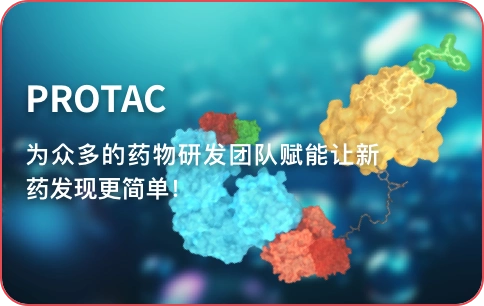






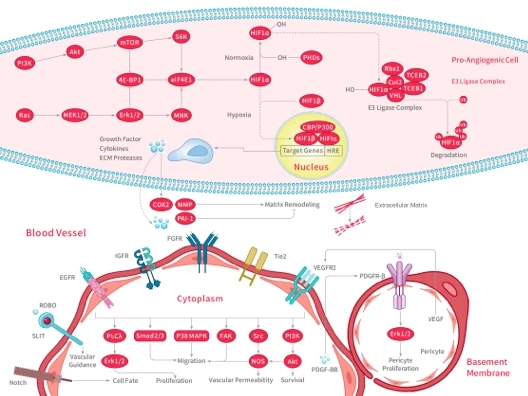
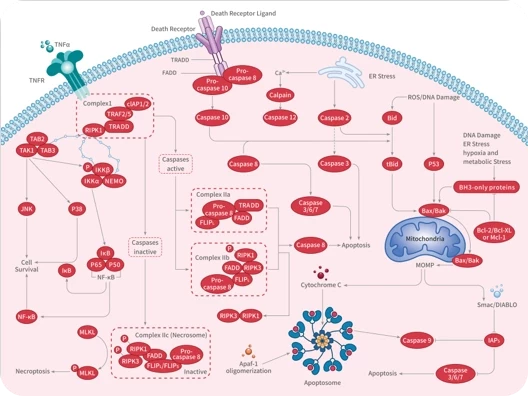
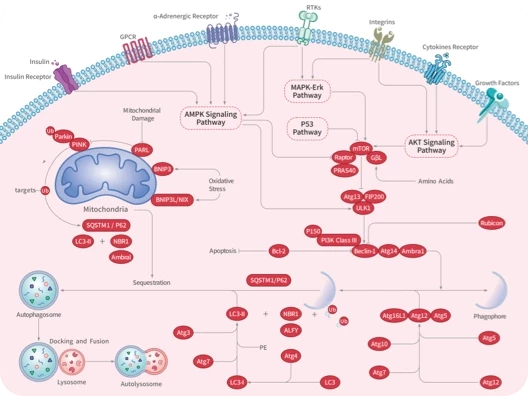

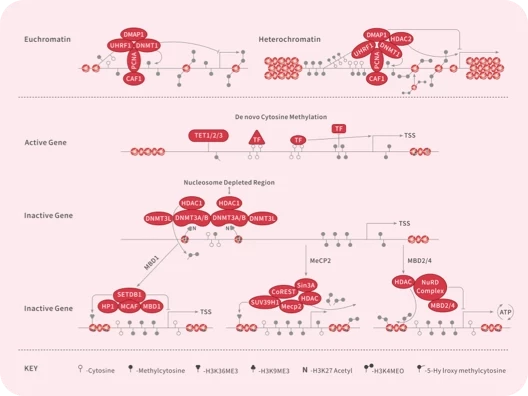

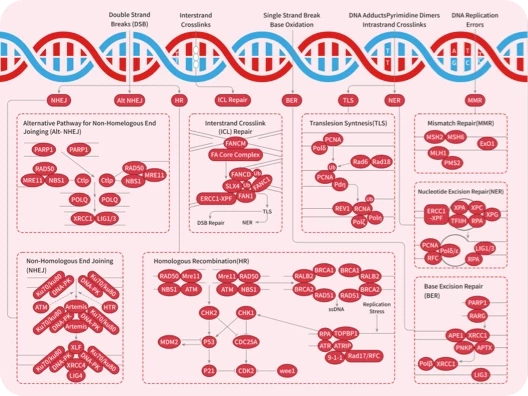
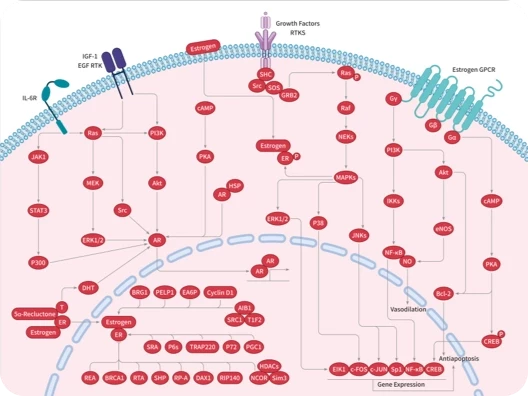
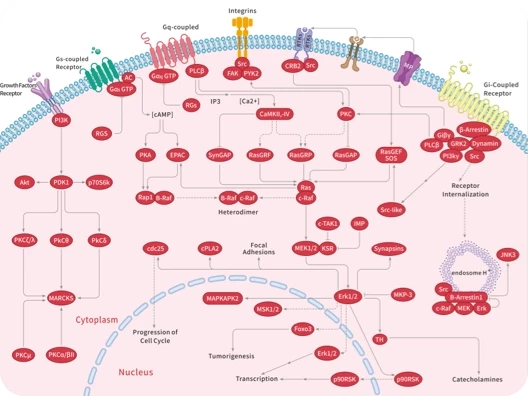
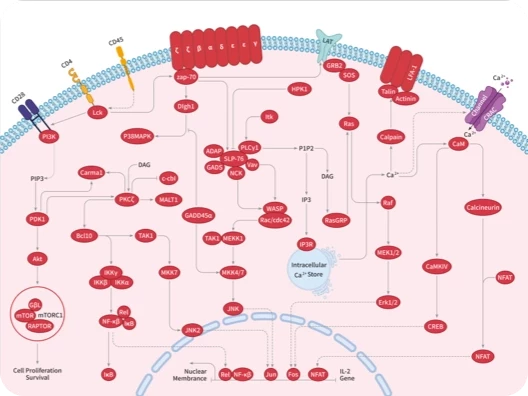
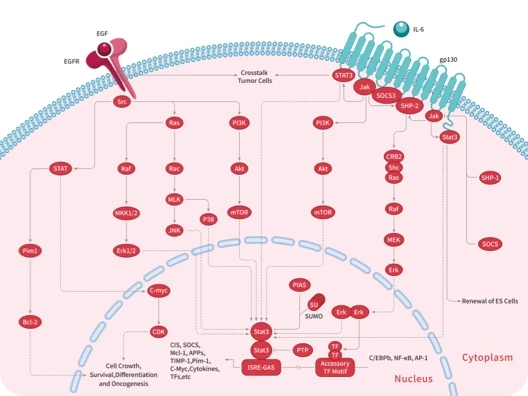
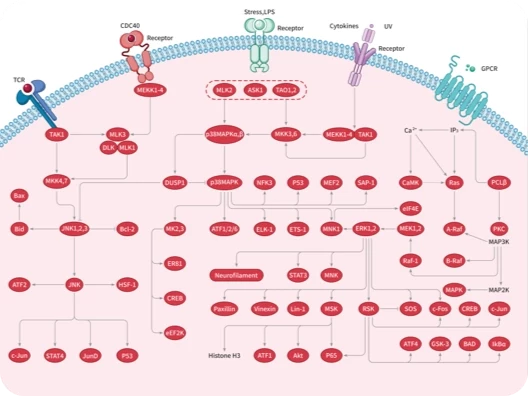
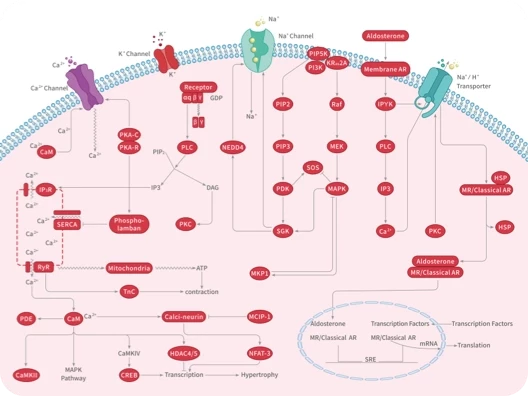
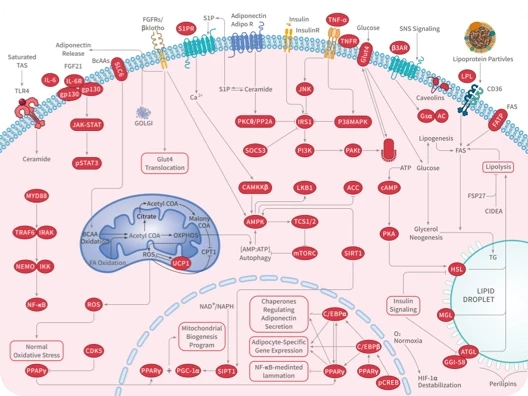
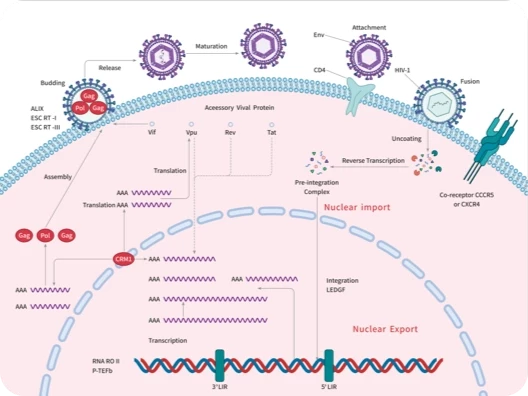

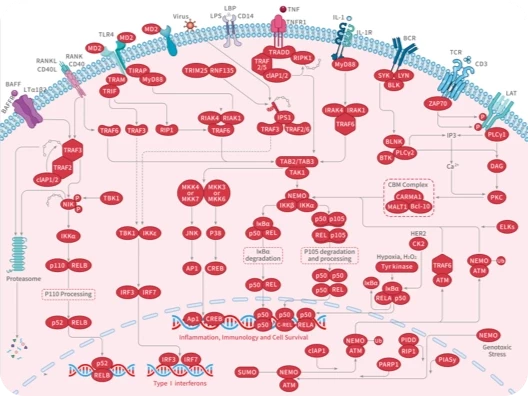

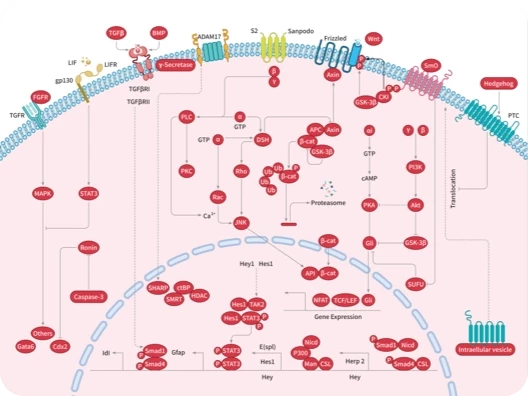
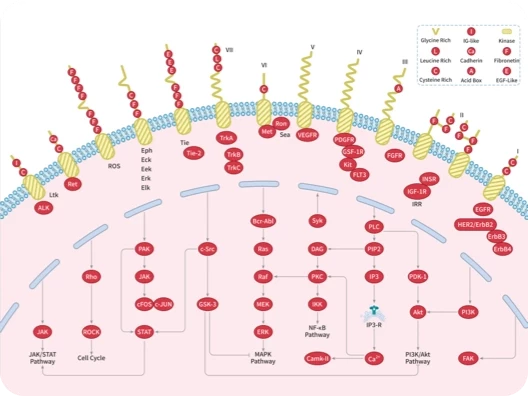
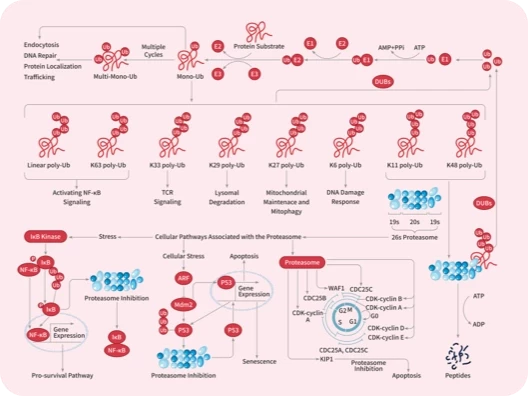

 很棒
很棒

 |
|
评论内容